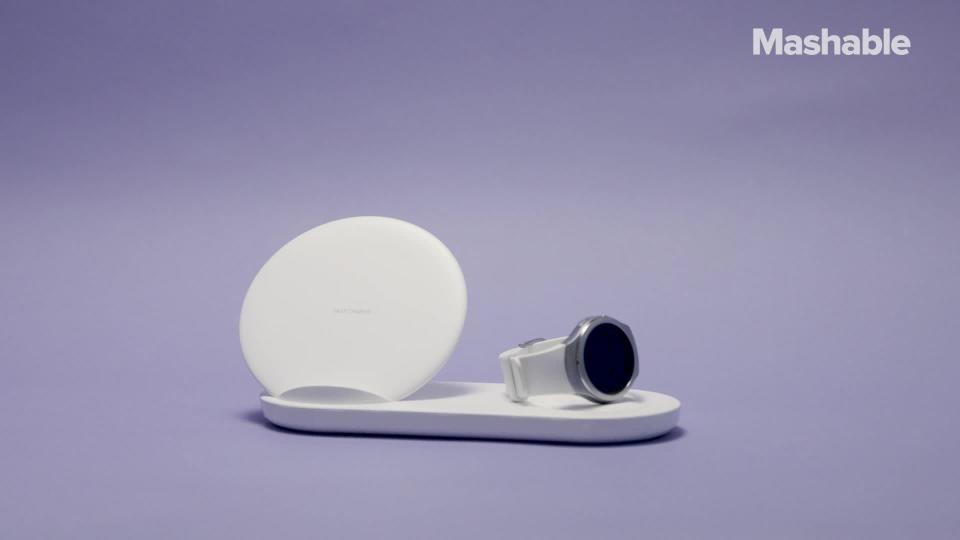If Huawei really cares about selling phones in the U.S., it needs to stop being so shady

Huawei has been caught lying again.
In a recent ad for its Nova 3i phone, the world's second largest phone maker was exposed for misleading consumers with DSLR photos that it tried to pass off as selfies taken with the phone.
And now AnandTech has revealed the Chinese tech giant has been artificially juicing up the chipset inside of its flagship P20 Pro in order to give it higher scores than competing phones when using the popular benchmarking app 3DMark.
SEE ALSO: Huawei says its new smartphone chip is faster than Snapdragon in almost every way
It's one thing to fake selfies in an ad, but it's another to program your phone to automatically boost the performance whenever certain whitelisted benchmarking apps are detected in order to make them appear to be more powerful than the competition.
When confronted by AnandTech, Huawei essentially replied with a shrug and essentially "everybody does it," and that the P20 Pro's AI was doing its job to adjust performance accordingly based on the specific app open.
Dr. Wang Chenglu, President of Software at Huawei’s Consumer Business Group, told the tech site at IFA 2018 that all "others do the same testing, get high scores, and Huawei cannot stay silent."
The juiced up benchmarks are so egregious that UL, the company that the 3DMark benchmarking app, has delisted Huawei's P20 Pro, Nova 3, and Honor Play from its leaderboard for "best smartphones."
Here's the response we received from a Huawei spokesperson:
In another statement, Huawei says it's been having discussions with UL and the two have "reached a positive agreement on the next steps in working together."
UL says it'll reinstate the delisted Huawei phones once "Performance Mode" is accessible by all users.
Sure, you could argue the majority of consumers will never run a benchmark app like 3D Mark, but that's besides the point.
Chenglu and Huawei may have had good intentions in trying to even the benchmarking game with its Chinese rivals, but the shady practice doesn't absolve them from the fact that they still misled everyone.
Faking phone sample photos and benchmarks isn't a way to build trust with consumers.
It especially doesn't help improve the company's image in the U.S., where the Trump administration has declared the phones unsafe, despite there being zero evidence proving the phones are being used by the Chinese government to spy on Americans.
Samsung was caught boosting the Galaxy S4's GPU performance on benchmarks in 2013. But it's 2018 and these kinds of practices aren't acceptable.
As the second largest phone maker worldwide, Huawei has a responsibility to lead with honest representations of its devices. The company is fully capable of practical innovations like the impressive cameras in the P20 Pro.
If Huawei still wants to break into the U.S. market and grow its American marketshare as the company keeps saying it does, it needs to start taking bigger steps towards transparency instead of resorting to these backdoor tactics to make its phones more appealing.
If the product really is as good as they say it is, let the features speak for themselves. Otherwise, it wreaks of insecurity and suggests there's something to hide. The last thing Americans are gonna do is buy phones from a Chinese company that's been banned by the U.S. government that doesn't put their best interests first.
WATCH: Is the Samsung Galaxy Note 9 worth $1,000?



